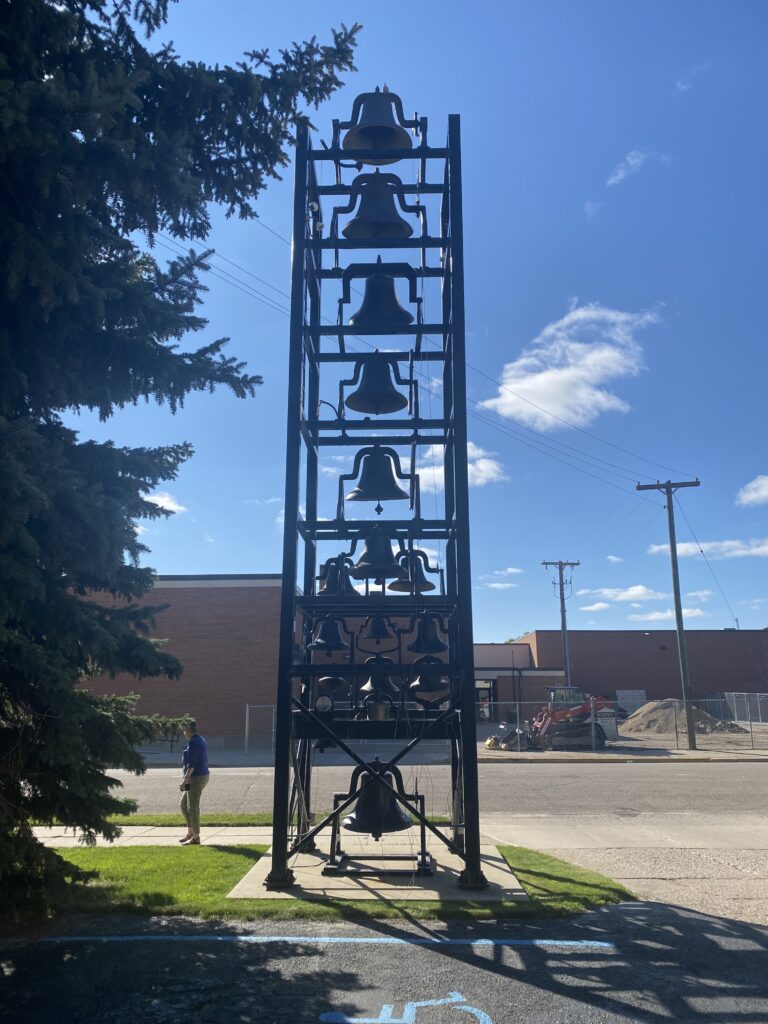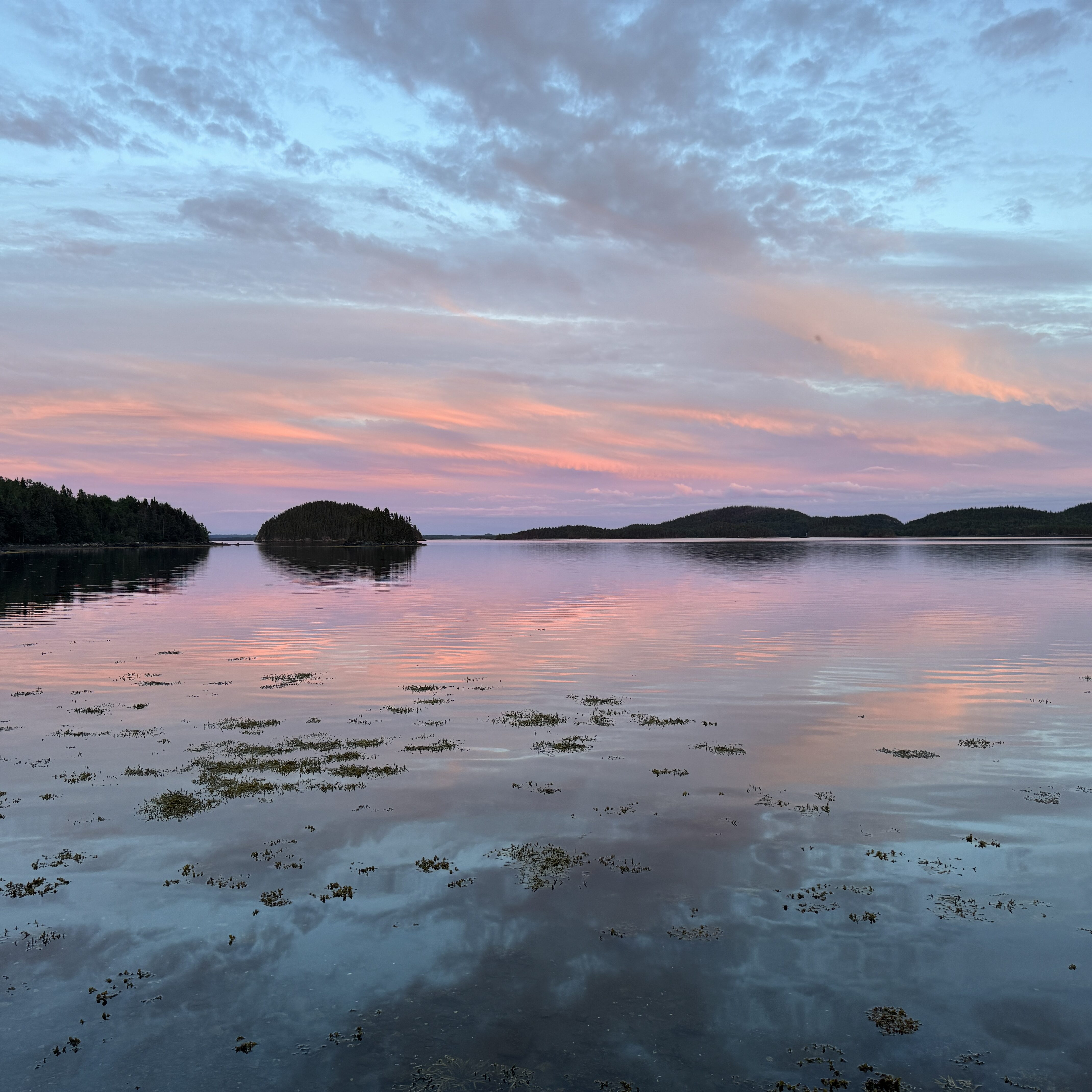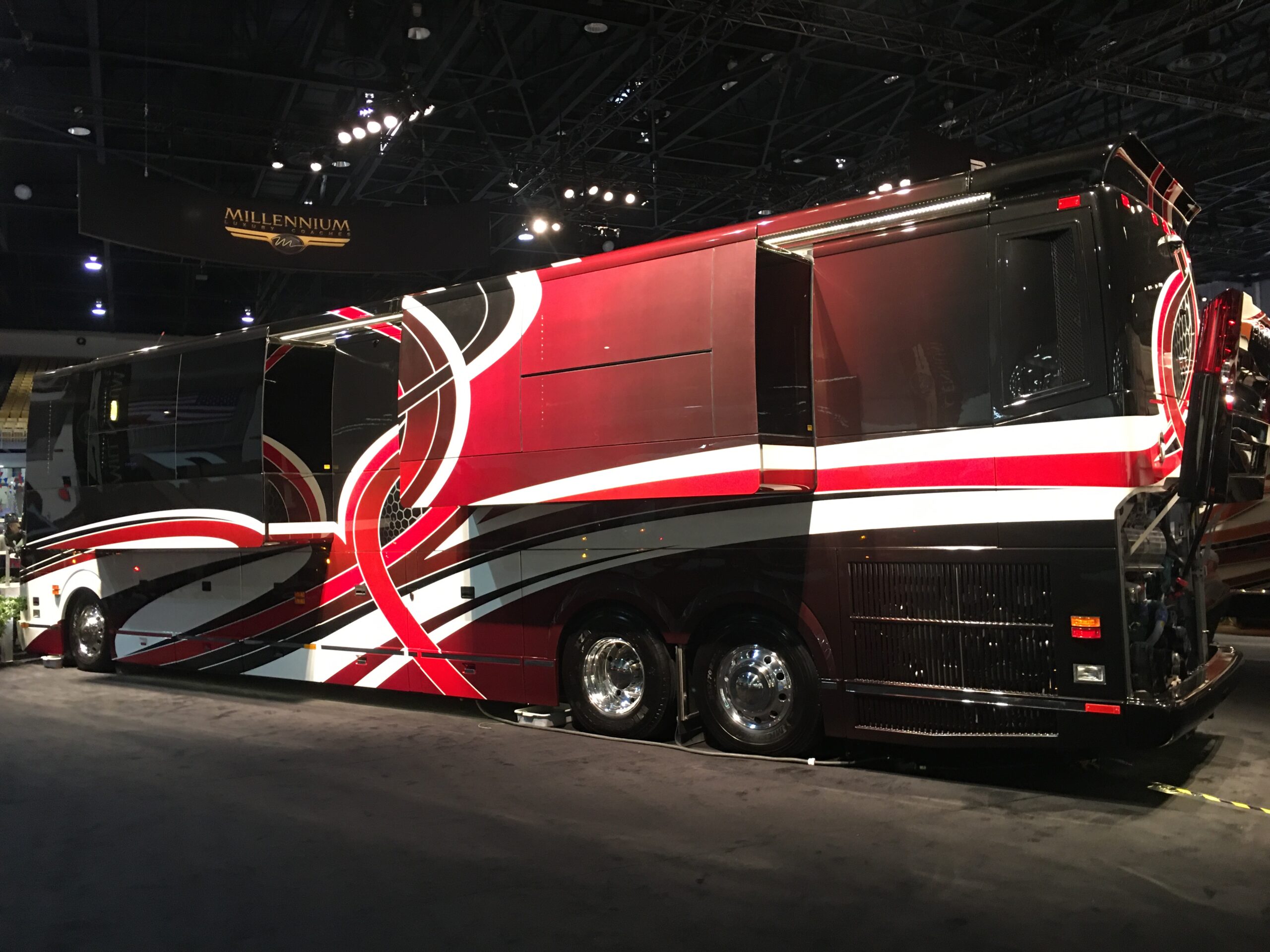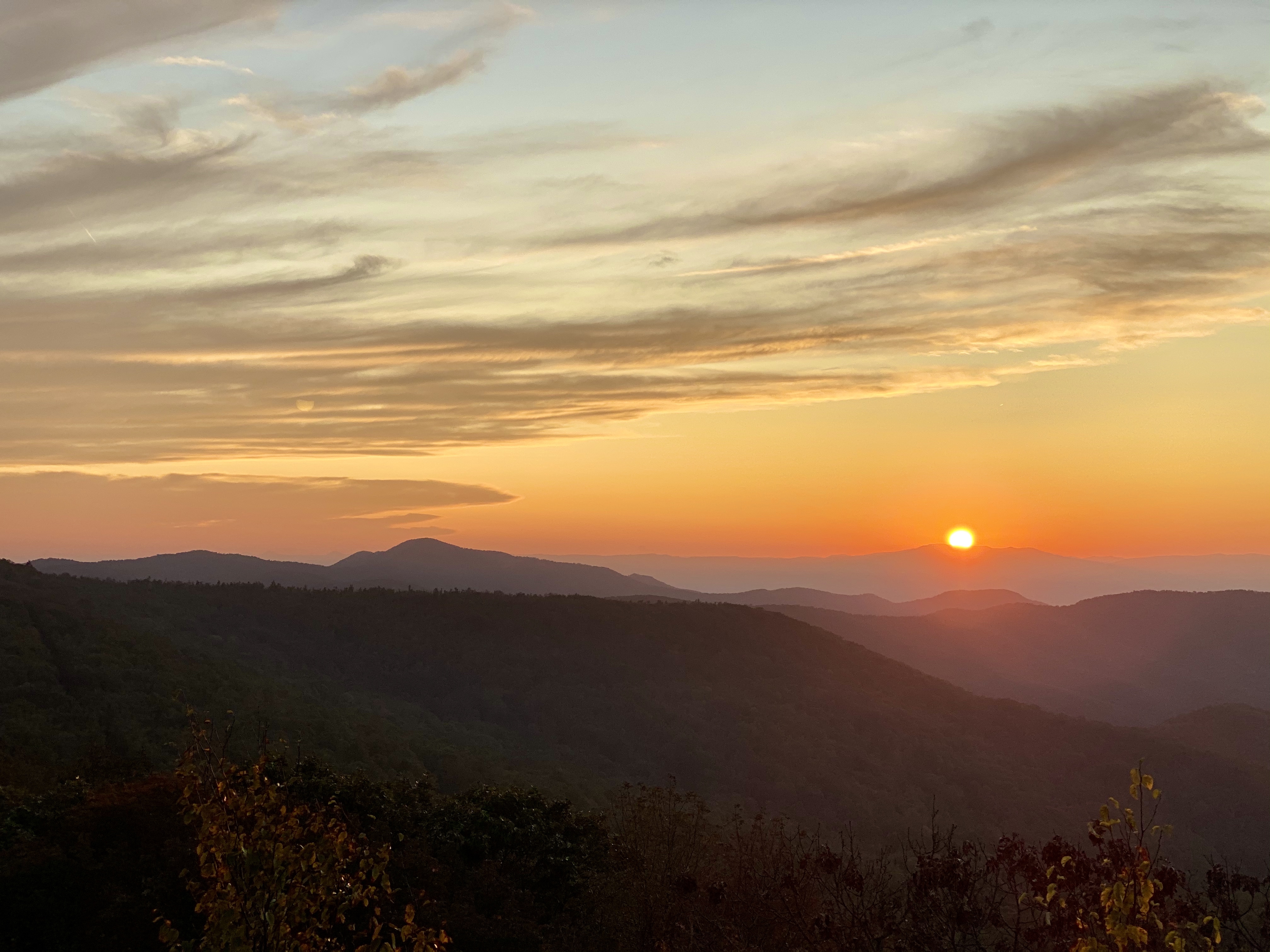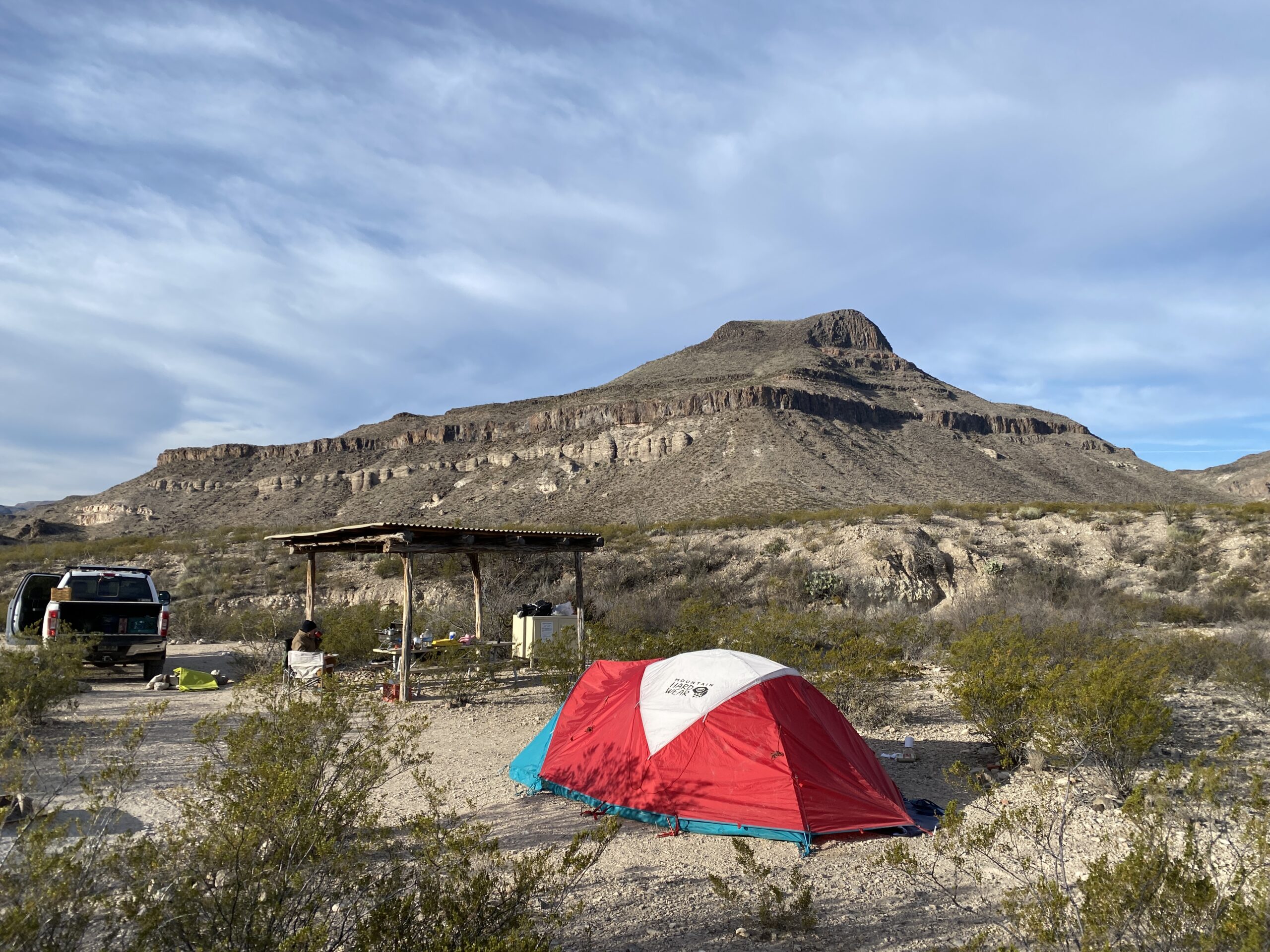Maybe all you know about life on the prairie is from listening Garrison Keillor’s long running NPR show, “A Prairie Home Companion.” Some may say it’s one of the strangest things broadcast over-the-air. Honestly, it is an acquired taste, like full fat milk. The Hi-Line runs through Keillor country. Bands of people huddle in towns separated by miles of fields of wheat, corn and sunflowers. And if you ever thought Keillor’s show was a little quirky, trust us, he was just telling it like he saw it.
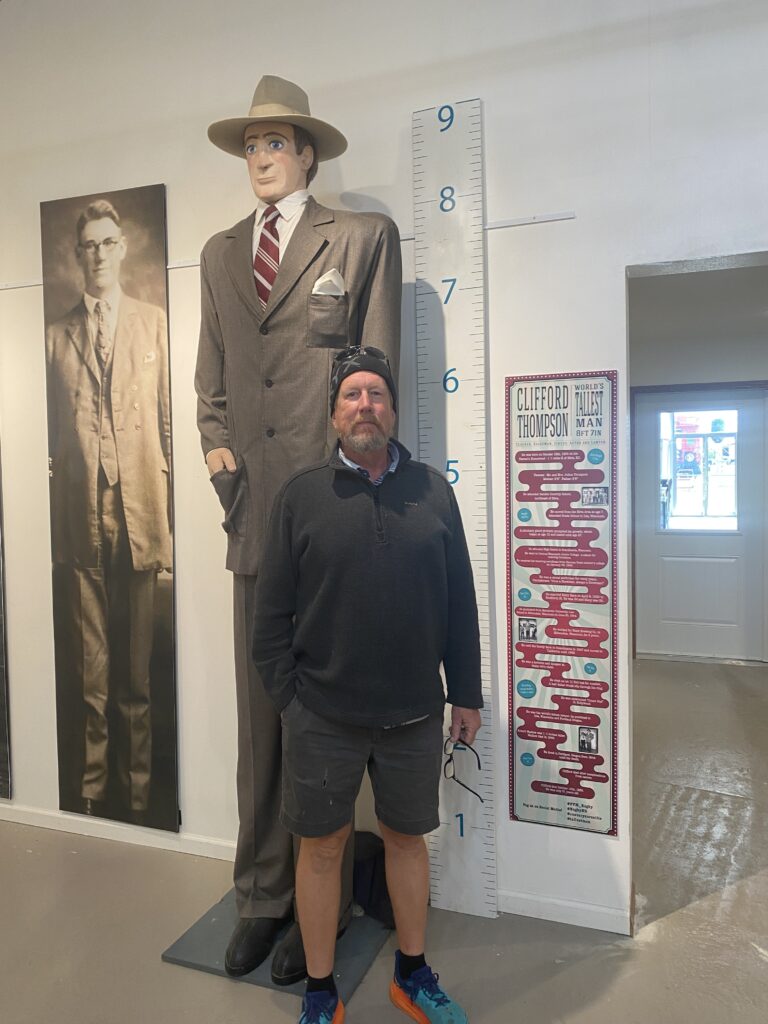
The settlers of the prairie immigrated from Northern Europe and Russia. They came with next to nothing and kept a tree alive for a year on their stake in order to claim their 160 acres. Today, Marie Kondo makes gazillions helping people to get rid of all their stuff. If you have ever had nothing, that seems like a really odd thing to do. Homesteaders on the Hi-Line are anti-Kondo and proud of it. Hi-Liner’s are collectors. The will collect anything. Church tower bells? Sure why not? Victorian dresses? That makes a nice collection. Every horizontal surface or spare bedroom is a museum of eclectic collections.
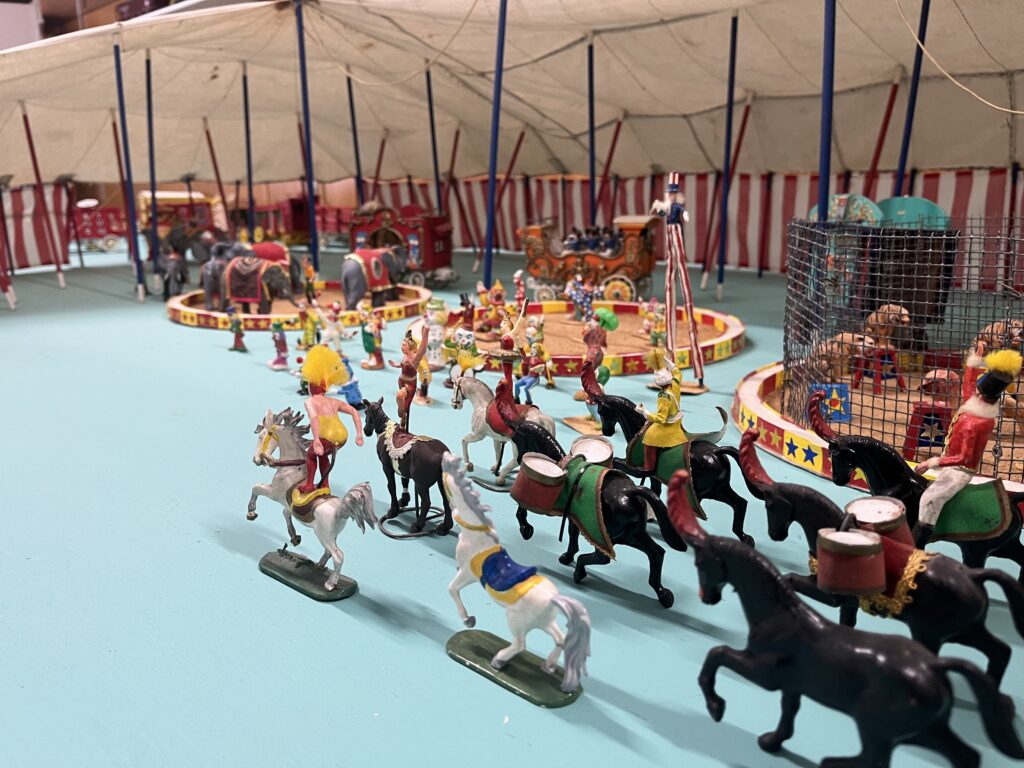
If Garrison Keillor isn’t your cup of tea, maybe you’ve read Laura Ingalls Wilder’s books about her childhood as a settler in a pioneer family or watched the long running seventies show where the Laura, Mary and Carrie Ingalls learn important lessons from their wise and hardworking dad, Charles. Besides Mary going blind, which was an errant plot line if you ask us, a trip to Rugby, ND and the Prairie Village Museum is like taking a trip to Walnut Grove.
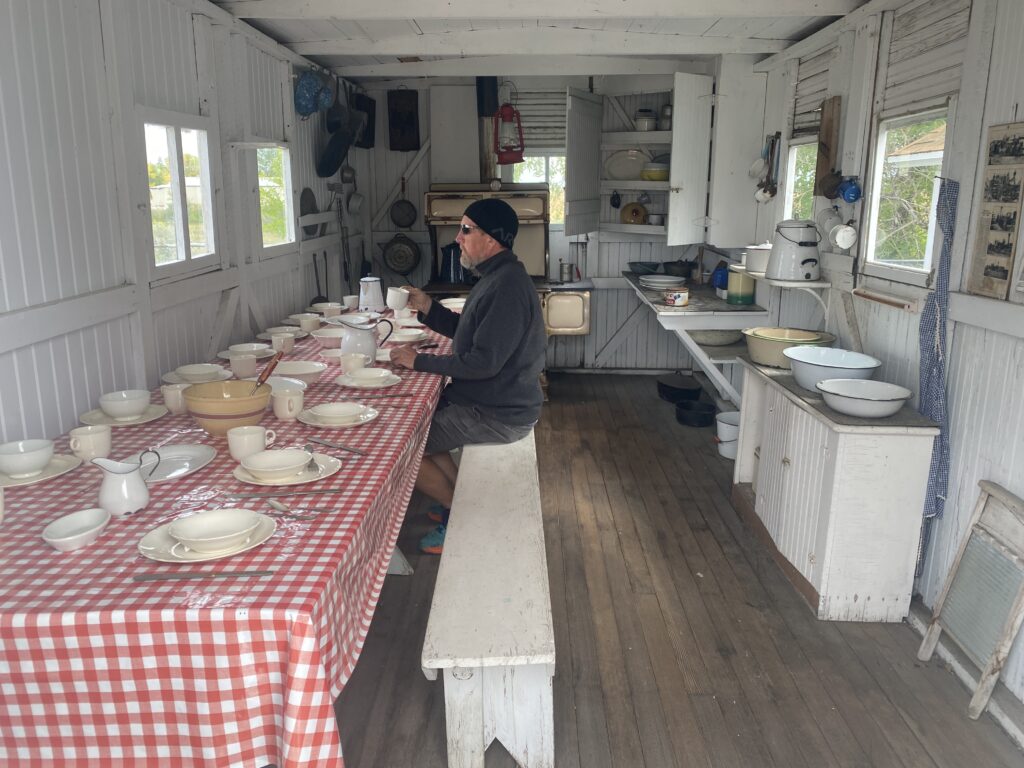
Two hundred years from the center of our continent, the Prairie collectors have outdone themselves. They have salvaged barns, houses, cars, tractors, school houses, churches, and all the contents you would expect to find in them, then constructed a town like Walnut Grove.
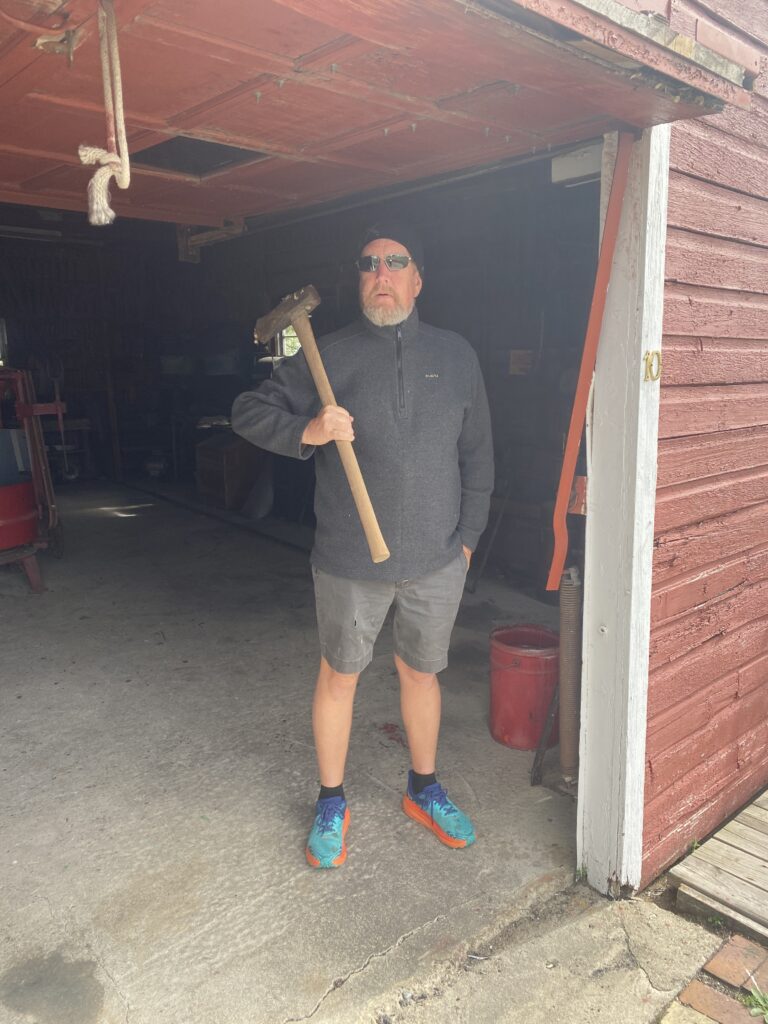
The Ingalls’ one room house with a pot belly stove and sleeping loft for the girls. Miss Beadle’s schoolhouse, Dr. Baker’s house call wagon, Nellie Olson’s General Store, Reverend Alden’s chapel. Clothes hang in closets. Plates sit on tables. Tools hang from racks in the blacksmith shop including things that would kill you or at least make a decent weapon. This set up would last all of about one hour in any major city.
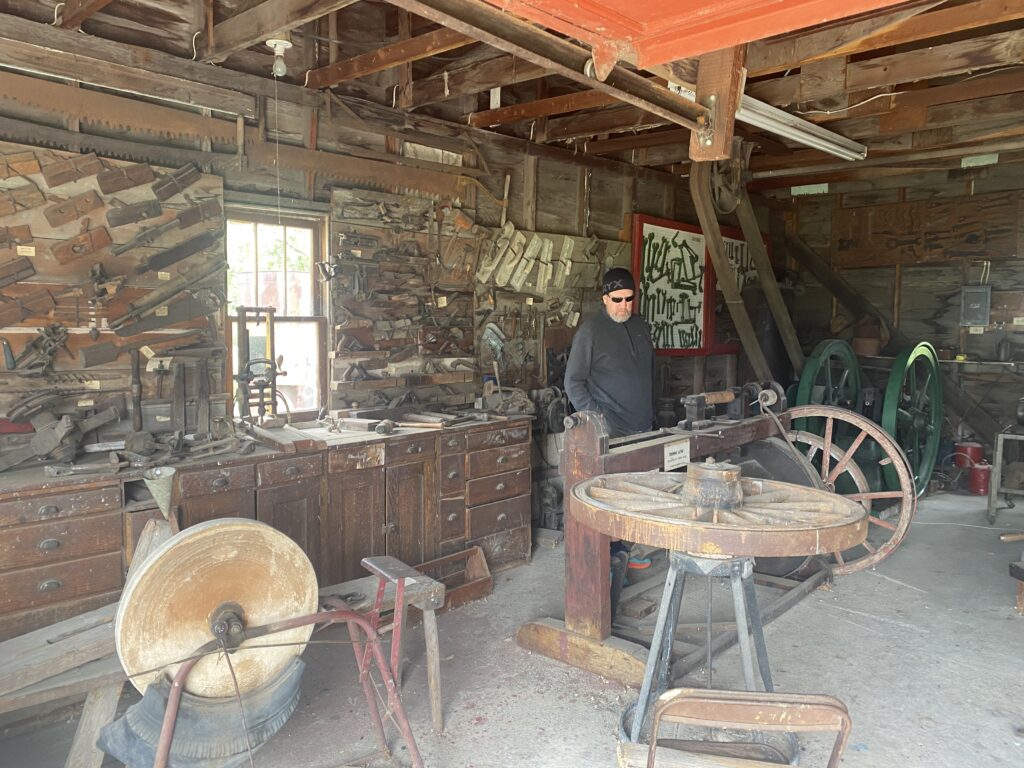
Every small town needs a hook to get the tourists to stop. Besides Prairie Village, Rugby stakes its claim as the geographic center of North America. No government agency has ever calculated this center, or proclaimed the center as a thing, but Rugby constructed a monument in a diner parking lot that had a line for selfie taking like the one at the Southernmost Point in the US. Which proves that tourist will stop for anything that is a something.
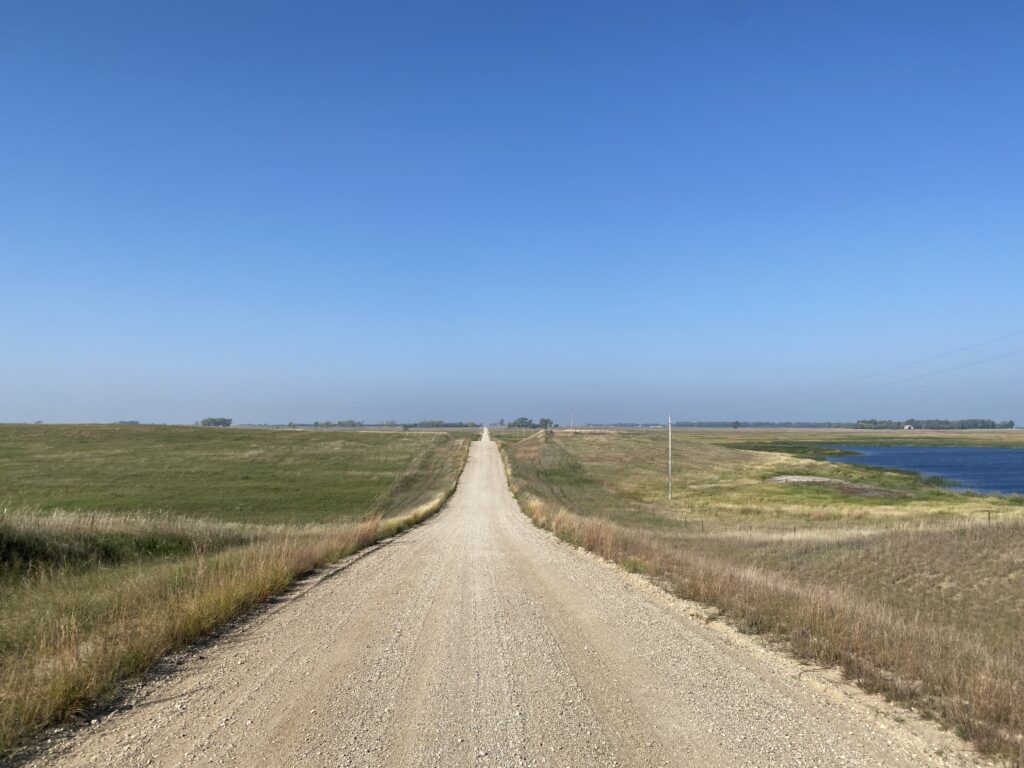
Next door, they’ve erected an 88 1/2 foot steel constructed Northern Lights Tower dedicated to the Aurora Borealis, which they say can be seen from on a clear dark night between 10pm-2am from September to April.
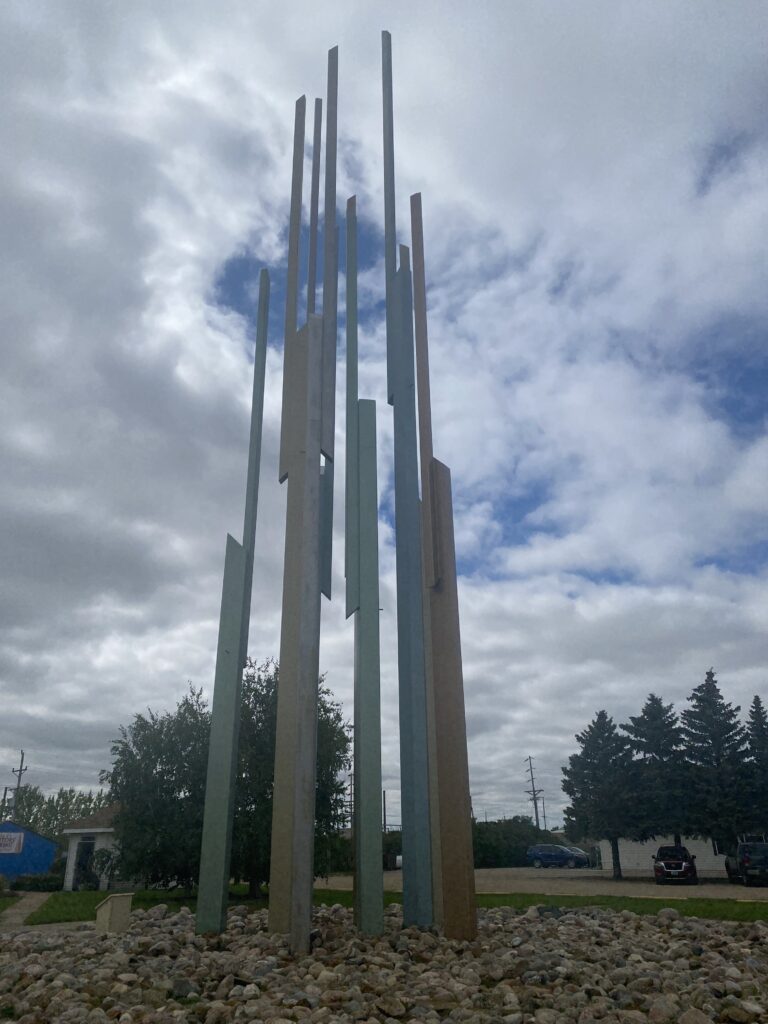
Life on the Hi-Line is hard because the environment is unforgiving. Flies, gnats, mosquitos, and grass hoppers swarm incessantly. Temperatures swing wildly. The wind can rise up and lift your screened room away in an instant. Camped on the banks of Buffalo Lodge Lake, 40 miles west of Rugby and five miles down a gravel road, the rising sun is beginning to dry the tent and gear which are soaked with condensate from the damp 40 degree temperatures last night.
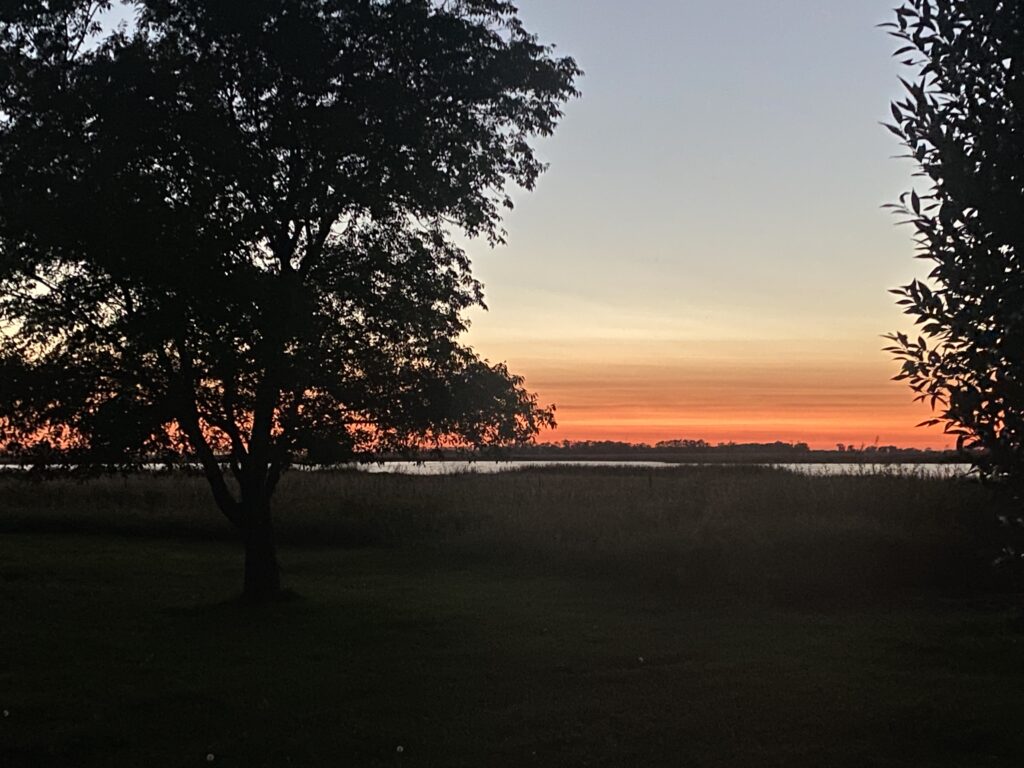
While we didn’t see the Aurora Borealis because we were huddled in our tent avoiding hypothermia and flying insects, the morning sun came up strong and with the Clam wind panels shielding us from a stiff prairie breeze, we feel pretty good. We’re collecting some good memories on the Hi-Line, in our Little Tent on the Prairie.
